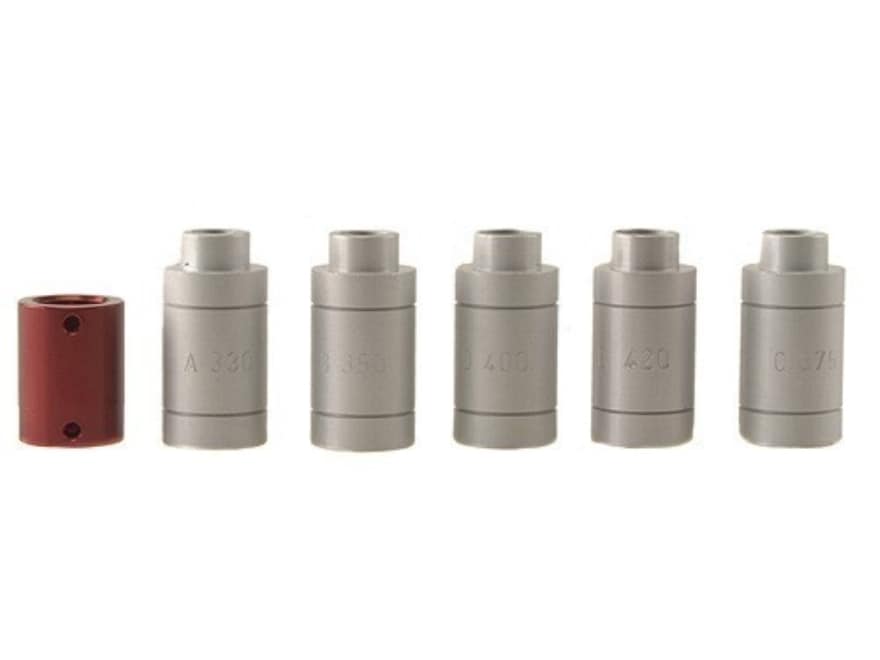When I started reloading I was learning on a 243. I thought since I had fireformed brass that all I had to do was size the neck so I bought a 6mm/243 neck die. Then the cases wouldn't fit in the chamber. I was told to full length resize, so I did, and it fixed the problem, which left me wondering why neck dies are even made. But that isn't the issue (for now).
I bought a Savage 112 Magnum Target in 338LM a couple years ago, wasn't happy with the performance, so I set the gun down for a couple years. I discovered that ONE of my issues was starting seating depth. Turns out the gun likes seating depths closer to SAAMI then stretched out. But thats not the issue either. (for now)
The issue right now is it's time to reload. Just last week I started reading about "bump vs FL sizing". So I took a fired case out of the tumbler, dusted it off and stuck it in the chamber. I think its 2 times fired Nosler brass. Never been annealed. (which is another issue for later). The bolt closed on the fired case like it had been resized. I could NOT do that with my 243. So a couple questions....is this even an issue? Can I just neck size? The first time I resized the brass I expected it to be way harder but it wasn't. I should have taken note of it then and asked questions then. My 243 brass takes more pressure on the press than my 338 cases. Does this mean I have a "tight chamber"? If there's no reason to overwork the brass then just neck size? Helps?
I bought a Savage 112 Magnum Target in 338LM a couple years ago, wasn't happy with the performance, so I set the gun down for a couple years. I discovered that ONE of my issues was starting seating depth. Turns out the gun likes seating depths closer to SAAMI then stretched out. But thats not the issue either. (for now)
The issue right now is it's time to reload. Just last week I started reading about "bump vs FL sizing". So I took a fired case out of the tumbler, dusted it off and stuck it in the chamber. I think its 2 times fired Nosler brass. Never been annealed. (which is another issue for later). The bolt closed on the fired case like it had been resized. I could NOT do that with my 243. So a couple questions....is this even an issue? Can I just neck size? The first time I resized the brass I expected it to be way harder but it wasn't. I should have taken note of it then and asked questions then. My 243 brass takes more pressure on the press than my 338 cases. Does this mean I have a "tight chamber"? If there's no reason to overwork the brass then just neck size? Helps?



